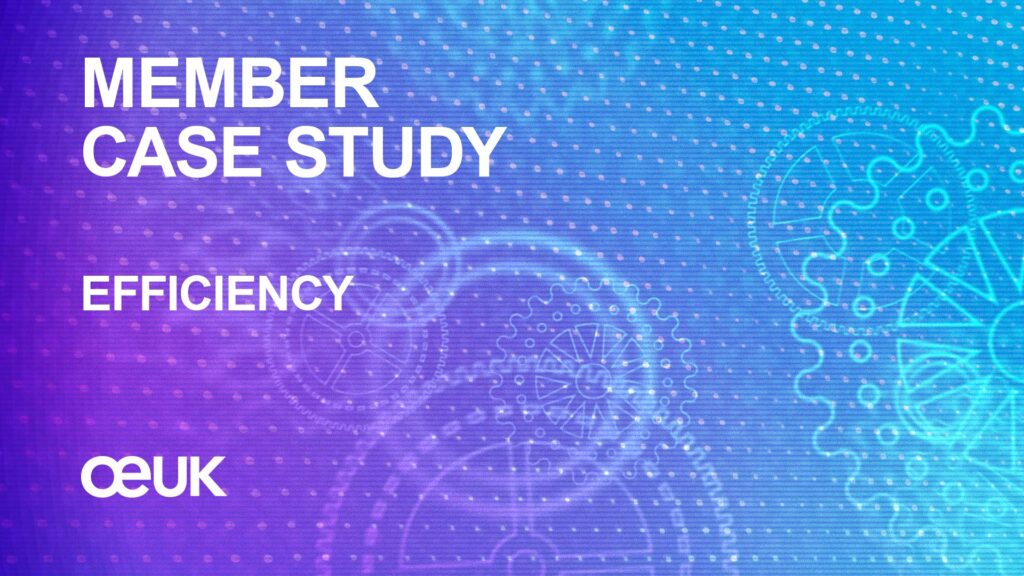Submitted by TechnipFMC
Impact
The main focus of the project so far has been to gain an understanding of the here and now, what works well or not so well, what are the challenges that we face and what are the potential opportunities.
This has been carried out in a structured manner that will allow the project to move to the next stage; this being to analyse this VOC and data, and there is huge amount to work through, and define and assess the improvement opportunities across the six specific areas.
Only then will we start to define and agree the changes and improvements that we should make. The results of the analysis and recommendations for change will form the next article on this project.
Description of Best Practice
“Quality cannot be inspected into a product or service; it must be built into it.”
W Edwards Deming
The use of QC inspection is an accepted process that has not been challenged in terms of where it adds or can add real value to a clientThe comparatively low cost of QC resources vs the cost of an error in fabrication or manufacturing process is seen as worth paying even though the assurance provided by this resource can be difficult to quantify.
Evidence from other industries suggest that end of line inspection by itself adds little value if not combined with feedback to the production or fabrication areas to identify and fix the root cause of issues.
Project Overview
Through the Sea Change programme at Technip, Natalia Peyre is leading a Business Excellence project that will ensure the UKBU QC function adds more value both to the client and to Technip.
This is a broad, strategic project that along with defining and delivering consistent QC processes will challenge the existing, accepted thinking around the QC role and where it can add greater value
Project Goals
The aims of this project as defined at project start-up are as follows:
- For Technip UKBU to have a QC function that is adding greater value to client projects and associated processes
- To have a consistent approach to the use of QC resources across UKBU projects
- To deliver processes that consistently make best use of Technip’ QC resources
- To identify and remove areas of duplication, for example where supplier, client or regulatory bodies QC resources are all present at an inspection
- To define Quality Engineer and QC Inspector responsibilities
It is worth noting that as the project progresses, additional goals may be added or existing goals amended.
Adopting a greater emphasis on cross industry collaboration, there will be opportunities to share findings and opportunities for improvement with suppliers, clients and regulatory bodies. The duplication of QC effort being an obvious example.
To kick the project off, and in keeping with our UKBU Business Excellence approach, Natalia has interviewed a number of key stakeholders across the QC process; from current Quality Engineers through to Project Managers and senior UKBU Managers.
This Voice of the Customer (VOC) approach has delivered a wide range of data, information and opinion that has allowed Natalia to understand the key challenges and opportunities that exist.
Analysis and consolidation of this VOC has enabled the project to be split into six focus areas, as detailed below:
- The end to end QC process, from the creation of an inspection and test plan through to final reports
- The roles and responsibilities of QC resource
- Training and competency requirements
- The duplication of QC deliverables at suppliers, whether that be duplication of Technip resources or supplier, client or regulatory bodies.
- The relationship, gaps and overlaps across our QC and QA roles
- A risk or criticality based approach to QC, whether that be product, process or supplier based
Alongside the qualitative data gleaned through the VOC process, Natalia has also started to capture quantitative data from our systems.
This will help us understand specific details such as numbers of inspections carried out by projects over a specific time period, which suppliers we work with and what types of QC work is actually being delivered. This can only help to inform any future changes or improvements to the QC role.
Contact: Ceri Harris, Technip UK Limited
Share this article

